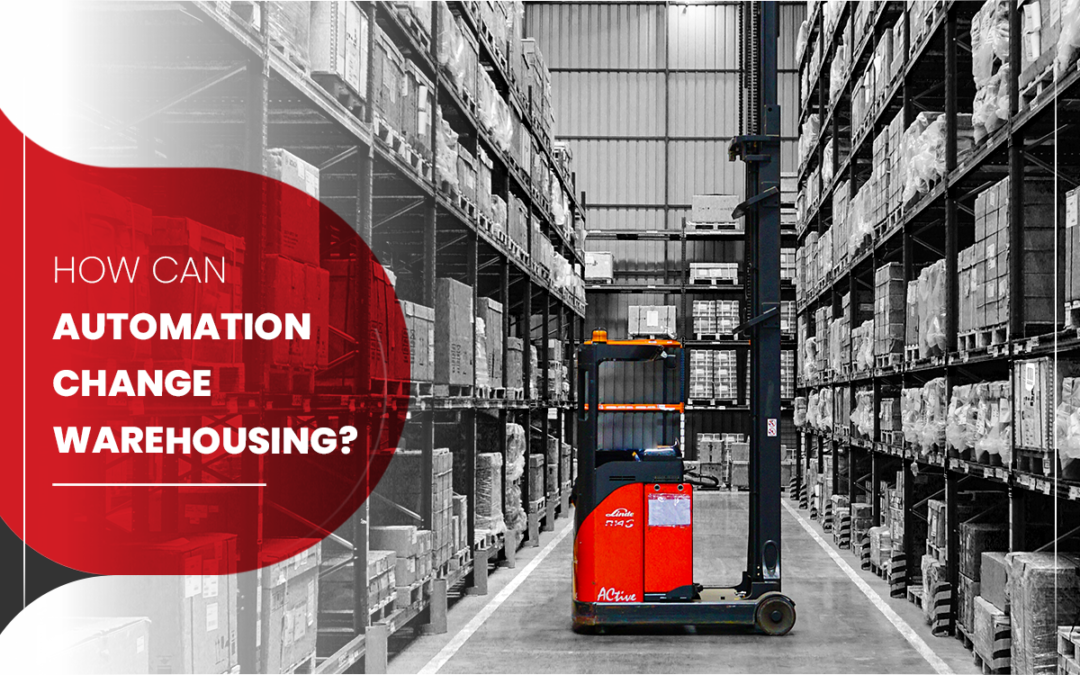Did you know that the Indian warehousing market is expected to reach INR 2,872.10 Bn by 2027?
Whether a business is big or small, a warehouse plays a critical role in all industries. However, managing inventory, returns, and other tasks can be overwhelming without constant attention. To keep up with today’s fast-paced business environment, manual management of products is no longer feasible. Thus, automation is a viable solution that can streamline processes and improve performance.
Automation has revolutionized how warehouses handle goods, store stock, and move inventory, enabling companies to optimize operations, increase supply chain and warehouse efficiency, and reduce costs. However, there are different views on what warehouse automation entails. In this blog, we clarify and elaborate on how automation can transform the way businesses operate.
What is warehouse automation?
In essence, warehouse automation involves using specialized equipment and systems to perform tasks more efficiently, quickly, and accurately. Often, automation reduces repetitive tasks that create productivity bottlenecks. This could include using machines or other automated systems to unload inventory or implementing artificial intelligence to store and retrieve goods on demand. The main goal of automation is to maintain high productivity levels while minimizing labor involvement. Warehouse automation covers a range of automated technologies, from robots to automated processes, that promise to increase productivity significantly.
The categories of warehouse automation include:
Warehouse automation ranges from basic to highly sophisticated.
-
- Basic Warehouse Automation: Simple technology that assists with tasks requiring manual labor, such as conveyors or carousels.
-
- Warehouse System Automation: Software systems, AI, and data analytics automate tasks, making operations more efficient and flexible.
-
- Mechanized Warehouse Automation: Robotic equipment assists with warehouse tasks and procedures, such as autonomous mobile shelf loader robots.
-
- Advanced Warehouse Automation: Combines robotics, AI, and automation to replace labor-intensive workflows, such as self-propelled vehicle fleets with advanced AI and sensors.
Benefits of automation in warehousing:
Automation provides innumerable benefits to any organization. Some include:
-
- Cost efficiency: Automation minimizes human intervention in mundane tasks, positively benefiting the balance sheet while not reducing manpower,
-
- Efficiency in decision-making: Automation provides real-time updates on product status, facilitating better decision-making capability.
-
- Enhanced accuracy and efficiency: Automation trains systems and software to deliver desired results, nullifying the scope for human error.
- Ease of operation: Automated systems can keep track of palette positions, inventory, forklift management, and human well-being, improving business performance.
- Profitable business: A well-planned, automated warehouse delivers on its promises, keeps a check on carbon emission, meets customer expectations, improves employee potency, and reduces on-site accidents.
Takeaway
By adopting warehouse automation, businesses can improve their operations, reduce human error, and increase employee safety and productivity, ultimately leading to better overall business performance.
At KSH Logistics, our sustainable warehouses leverage technology to help us become an ideal 3PL partner for all your needs.
Connect with our KSH Expert to know how we can take your supply chain to another level: snehil.singhai@kshlogistics.com

